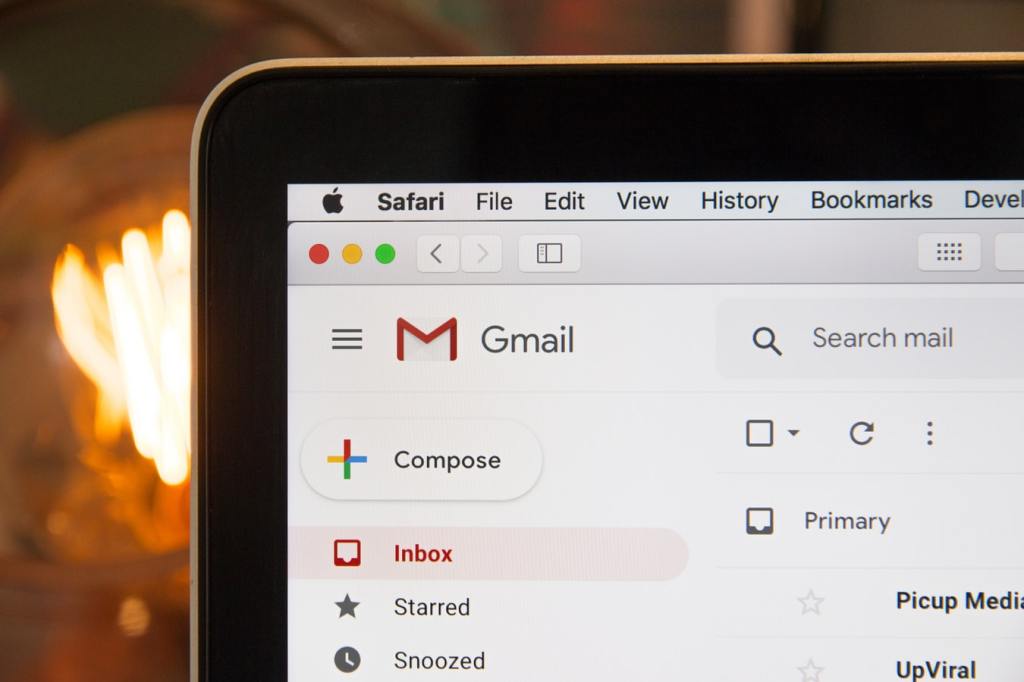The last few months have marked a period of adjustment worldwide. Some industries are adapting to the circumstances by finding ways to work remotely and limiting social contact. Many professions, like dentistry, share a very different story, wherein most work cannot be done as it requires physical contact. While attending to dental emergencies are essential, how are dentists extending oral care guidance to their other patients?
Dentists are employing virtual tools to facilitate conversations with patients. Virtual connections allow dental providers to continually help patients. This is the main defining factor of teledentistry, which we have spoken about in the last few blog posts (found here and here). Teledentistry includes treatment planning, video conferencing, and even telephone calls that entail a dental provider performing any kind of virtual treatment, for example, giving follow-up instructions. Various studies have been done on the validity of teledentistry. These studies are highly prevalent at a time like this, as they offer the industry a perspective on how using virtual treatment tools can objectively help dental practices and patients alike, while also acknowledging precautions.

We have spoken about the various ways virtual communications aid both your practice and your patients a few times. Using resources to keep patients informed and motivated ensures that they are bettering their oral health, even if they have to delay hygiene visits.
Try sending emails to your patients on file to inform them of oral hygienic practices they can keep doing at home. You can use your dental software’s messaging system for quick and effective communication with your patients. Reaching out to your patients in any capacity contributes to a positive doctor-patient relationship, and will benefit both them and your practice in the long run.

Something as simple as a reassuring or informative email can leave a positive impact on your regular patients. You can also utilize your social media outlets and your practice’s website to let patients know how your team is doing or provide information on health and safety. For instance, adjusting your homepage content to address whether your office is currently accepting emergencies, or wishing good health to webpage visitors creates a great first impression. Doing this also addresses the situation, thus helping minimize patient anxieties.
Difficult situations such as outbreaks are bound to happen. All industries face their own set of challenges, and it is important to keep looking forward and remain adaptable in a changing world. While this is a challenging time, doing the best with our available resources make our communities stronger.
Works Cited:
Alabdullah, Jafar & Daniel, Susan. (2018). A Systematic Review on the Validity of Teledentistry. Telemedicine and e-Health. 24. 10.1089/tmj.2017.0132.
Arora PC, Kaur J, Kaur J, Arora A. Teledentistry: An innovative tool for the underserved population. Digit Med [serial online] 2019 [cited 2020 Apr 28];5:6-12. Available from: http://www.digitmedicine.com/text.asp?2019/5/1/6/249836



